11. Diary Of A Country Priest, by Robert Bresson. (Journal D’Un Cure De Campagne, 1951, France).
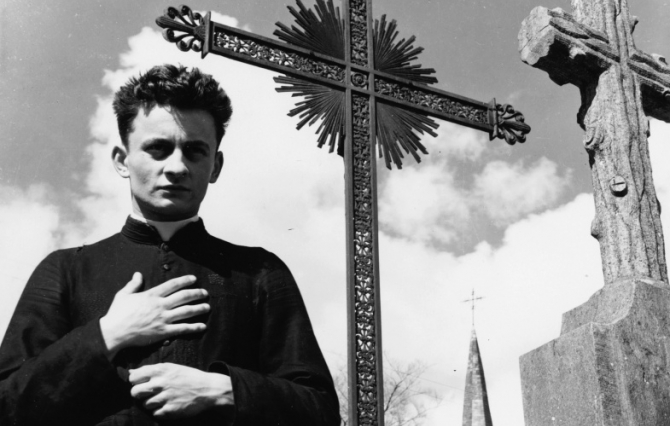
This is the film that inspired Scorsese’s “Taxi Driver”, and the first masterpiece by the gigantic Bresson. The film where he started his revolution of the cinematographic medium.
At the time, the film was praised in part for the performance by its protagonist, Claude Laydu (who passed away in 2011), the country priest of the title, of course.
However, what Bresson always searched, looked for, yearned for, were, for lack of a much better word, anti-performances.
Laydu wasn’t an actor before the film and in the whole cast, there was only one professional actress.
Years later Bresson would put all his cinematographic thesis in his essential and seminal book “Notes On The Cinematographer”.
What we have here is an unforgettable and scarring look at pain, isolation, loneliness, despair, misery and doubt, and an extremely profound and poignant examination of what human beings must do to conquer pain and achieve redemption and grace.
12. Fireworks, by Kenneth Anger. (1947, USA).

The earliest surviving film by His Excellency Anger, it was made when the author was 20 years old at his parents’ house while they were away during a weekend.
One of the forefathers of experimental cinema, this 14-minute surrealist work explores sexuality, (homosexual) desire, fetishism and violence in a way that was utterly and absolutely revolutionary for its time.
Anger, a former child actor, was arrested after the film was released and the film itself was banned on the grounds of obscenity charges.
The California Supreme Court categorized the film as art, nevertheless.
In the words of Anger: “A dissatisfied dreamer awakes, goes out in the night seeking a ‘light’ and is drawn through the needle’s eye. A dream of a dream, he returns to bed less empty than before. […] This flick is all I have to say about being seventeen, the United States Navy, American Christmas, and the Fourth of July.”
13. The Godfather, Part II; by Francis Ford Coppola. (1974, USA).
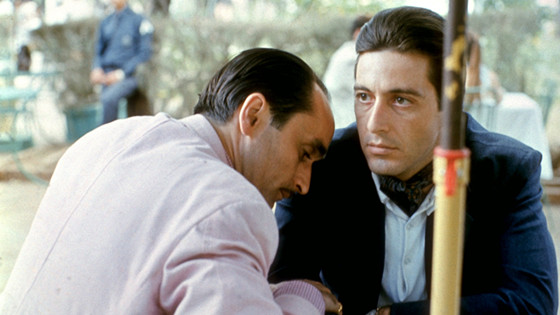
The first ever “respectable” sequel. The film that popularized sequels themselves. The first film to use the phrase “Part II” in its title.
Released the same year as another of Coppola’s essential masterpieces, “The Conversation”, “The Godfather, Part II” greatly expands on the story of the Corleones.
A film comparable to “Citizen Kane”, it shows in great detail Michael Corleone’s “moral” downfall as a human being and the absolute hypocrisy of his very existence, simultaneously with his triumph over all his enemies and obstacles, and his father’s rise as both a family man and the leader of the Sicilian Mafia in New York.
Simply put, it’s the greatest and most essential gangster movie ever made, even though to say that is terribly reductionist, as this film is so much more. Those who’ve seen it endless times will know what that means.
14. Goodfellas, by Martin Scorsese. (1990, USA).
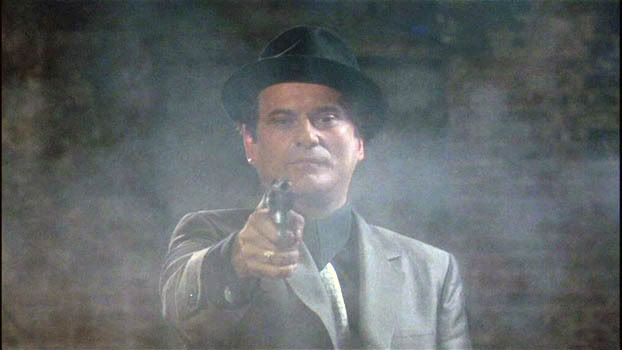
The prime example of postmodernism in film. Scorsese takes the audience on a 146-minute ride that makes them feel like they’re going to crash any second.
Using a dynamic, fast-as-hell and intelligent style, Scorsese immerses the viewer in the lives and deeds of the film’s characters, never allowing the viewer to take a breath, and almost forcing them to understand why the characters do what they do and why the events that occur do and why they occur the way they do.
It’s impossible to imagine 90s cinema (especially the films from that era that are now considered “classics”) and what followed it without “Goodfellas”.
So, what was Scorsese’s aim with this magnificent film?
“To begin [the film] like a gunshot and have it get faster from there, almost like a two-and-a-half-hour trailer. I think it’s the only way you can really sense the exhilaration of the lifestyle, and to get a sense of why a lot of people are attracted to it”.
15. Journey To Italy, by Roberto Rossellini. (Viaggio In Italia, 1954, Italy).
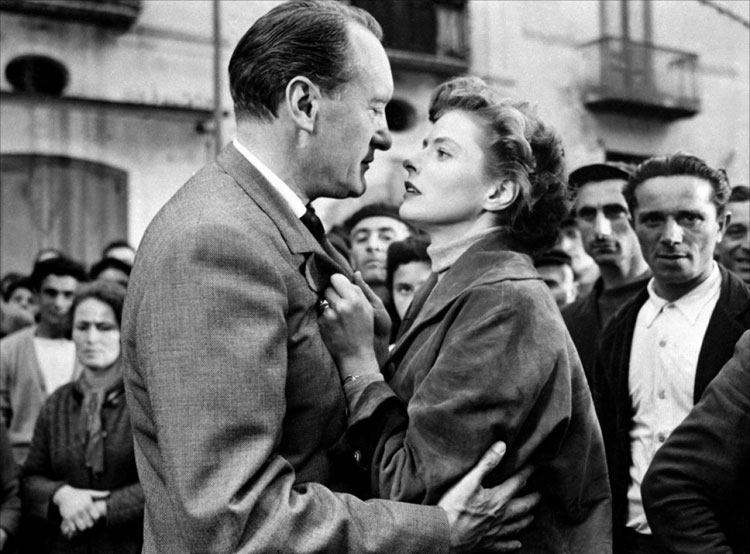
Partially based on the novel “Duo” by Colette, and starring Ingrid Bergman (Rossellini’s true-life wife at the time) as Katherine and George Sanders as Alex.
Leaving behind his earlier Neorealist work, but still holding on to some of its features, Rossellini shot this modest film, perhaps his masterpiece.
The film follows Katherine and Alex Joyce, a married couple from the United Kingdom, as they travel to Italy to get rid of a property a recently deceased uncle of Alex left him in his will.
The couple’s relationship is in its last stages, and where was perhaps love at one time, there is now only contempt and resentment.
The premise is just an excuse for Rossellini to explore two empty, selfish personalities who struggle not only to accept each other but themselves, and cannot decide if they still love each other or if they ever did in the first place.
A gorgeous and unique film that precedes what other filmmakers like Antonioni would later do in their most celebrated works.
16. The Kid, by Charlie Chaplin. (1921, USA).
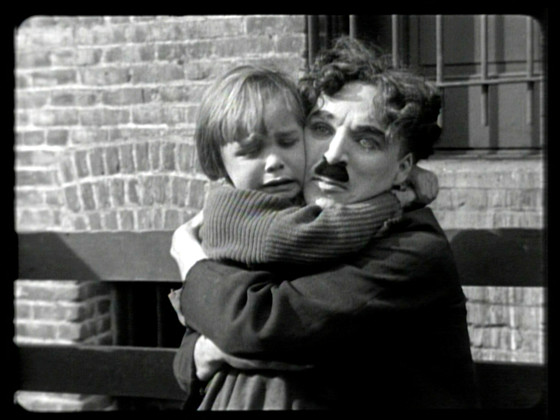
The greatest success for Chaplin up until that point, “The Kid” is a supremely powerful ode to love between a father and a son.
A single mother is discharged from a charity hospital with a newborn boy. She decides to abandon the child and writes a note begging whoever finds him to love and care for him.
Our beloved Little Tramp is the one who reluctantly ends up with the responsibility in his hands.
Five years later, they’re a loving, lovable pair of partners in petty crime, until a series of unexpected, suspenseful, action-filled, sad and hopeful events changes everybody’s lives forever.
As the introduction itself declares: “A picture with a smile, and perhaps, a tear”…
17. Nosferatu, by F. W. Murnau. (Nosferatu, Eine Symphonie Des Grauens, 1922, Weimar Republic).
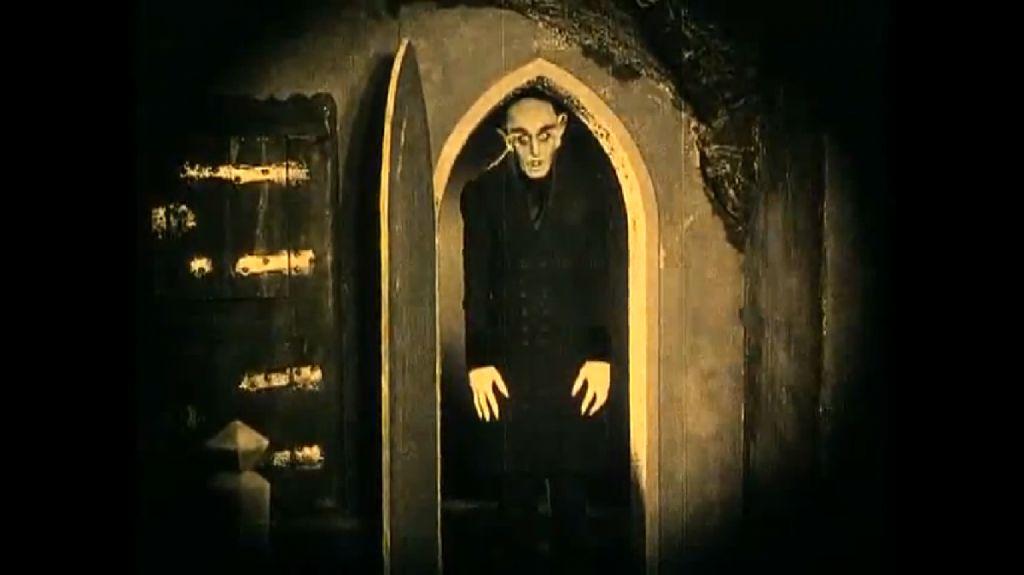
One of the first vampire films and the first “Dracula” cinematographic adaptation ever.
Perhaps the greatest horror film ever, it showcases Expressionism in all its gorgeous glory through cinema.
Lacking the rights to the Bram Stoker novel, Murnau changed the title (Nosferatu meaning “undead”) and the characters’ names (Count Dracula became then Count Orlock and Jonathan Harker Thomas Hutter, for example).
Nevertheless, Stoker’s estate sued and won. All copies of the film were to be destroyed; however, fortunately one copy survived and was then copied and bootlegged all over the world.
18. Olympia, by Leni Riefenstahl. (1938, Germany).
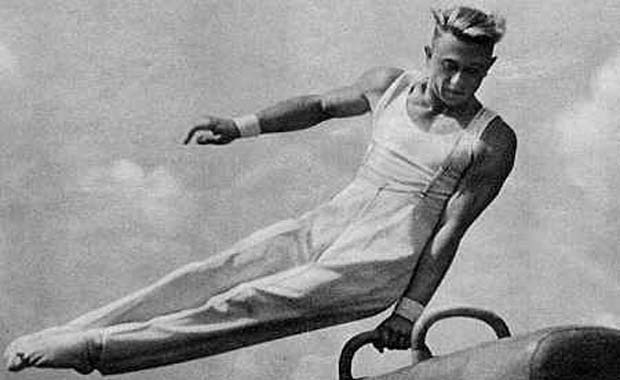
One of the most influential and ground-breaking films ever made.
Dancer, actress, photographer, screenwriter, producer and director Leni Riefenstahl became National-Socialist Germany’s official filmmaker and documenter, by mandate of Adolf Hitler himself. She’s been called “the most powerful woman in Nazi Germany”.
It was 1936 and Berlin was going to be the host of the International Summer Olympics. Adolf Hitler wanted what he saw as the glory of National-Socialist Germany to be portrayed forever in an astonishing and unforgettable fashion in order for it to be shown to the whole world.
The one responsible for this task would of course be Riefenstahl herself.
Riefenstahl innovated with the use of dollies, extreme-close-ups, Dutch angles, and never-before seen montage styles.
“Olympia” is the ultimate celebration of and ode to the human physique and prowess, as well as the human species’, talent, struggles, athleticism and duress.
Released originally in two different parts due to its length, “Olympia” is rightfully still celebrated and admired for what it is.
19. Paisan, by Roberto Rossellini. (Paisà, 1946, Italy).
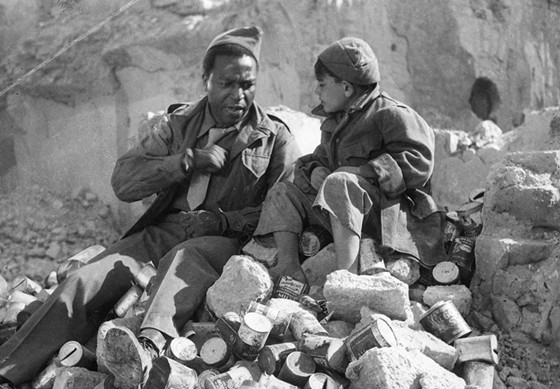
A Neorealist masterpiece by Rossellini, where the world would see his style come to full fruition. The second in his trilogy about World War II and its aftermath, after “Rome Open City” and followed by “Germany, Year Zero”.
Just like both films that preceded and followed it, “Paisan” was shot in a guerrilla documentary style with non-actors playing the characters in real locations, something never seen before in a fictional narrative film.
Divided into six chapters, it better portrays, than almost any other film, how nobody really wins in war and the consequences that Italy, especially its poor, suffered after losing to the Allies.
A real, unmissable treasure.
20. The Passion Of Joan Of Arc, by Carl Theodor Dreyer. (La Passion De Jeanne D’Arc, 1928, France).
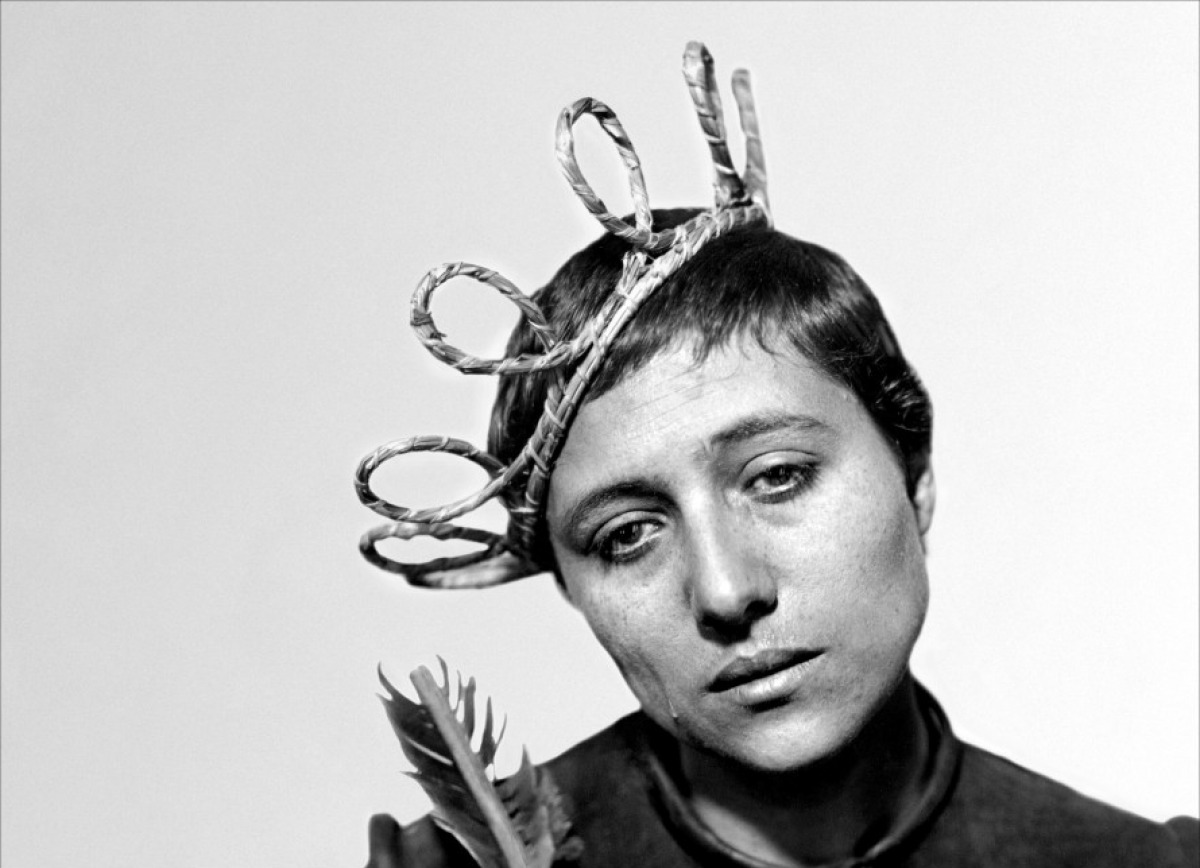
The supreme masterpiece of the supreme Carl Theodor Dreyer.
The Danish filmmaker was invited to make a film in France. He decided on Joan Of Arc and her trial and subsequent execution at the stake by the English as his subject.
He hired stage actress Renée Jeanne Falconetti to play Joan in her only work for cinema.
In the making of the film, Dreyer employed a myriad of unique techniques to bring his vision to life.
He had holes dug in the ground to make extreme low angle shots, and he had an entire concrete soundstage of medieval style built to resemble the prison at Rouen where Joan Of Arc spent the last months of her life. He forbade all actors to use any makeup. In the case of Falconetti, this was done so her facial expressions of suffering, pain, martyrdom, despair and doubt in extreme close-up would be astonishingly translated to celluloid.
The result is one of the most important works of art of the 20th Century and there for all to silently witness.